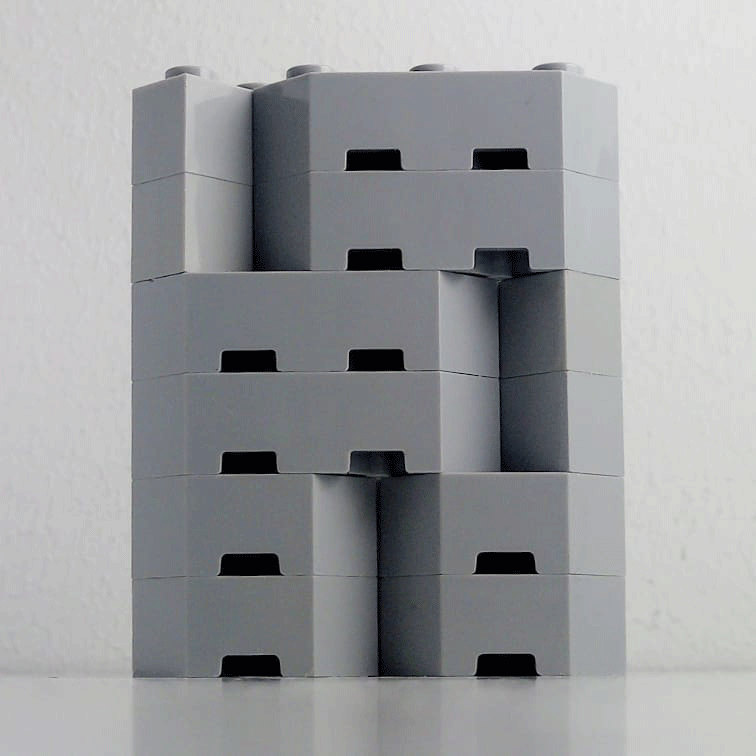Paul Citroen
Born in Berlin in 1896 to Dutch Jewish parents, Paul Citroen is best remembered internationally for his photo-montage ‘Metropolis’.
From an early age, he was interested in photography and art and was a fan into adulthood of the photography of his school friend, Erwin Blumenfeld. Citroen’s family kept close links with Amsterdam and moved back and forth between there and Berlin. Holland was neutral in WW1 and Citroen moved there in the middle of the war in 1917. At around this time, he began learning the bookshop trade and alongside this developed a life-long interest in collecting art. It was on a small scale as a young man however his connections meant he gathered an important collection.
He caught the eye of Herbert Walden, owner of Der Sturm who asked Citroen to create a specialist book shop in Berlin exclusively carrying art books – an idea ahead of its time as the coffee table art book really didn’t exist at that point. This enterprise immersed Citroen in the Dadaist crowd and he became friends with John Heartfield and George Grosz.
In his mid-20s, aged 24, Paul became a student at the Bauhaus in Weimar in 1919. He studied under Johannes Itten and Paul Klee. His experimental art led to his creation in 1923 of Metropolis a detailed photo-montage of an imagined city, for a Bauhaus show. The piece is credited as having influenced Fritz Lang.
In an interview he later explained
“Afterwards I tried to explain why Metropolis became such a success. Maybe because most collages are somewhat arbitrary. But I planned that, if you would paste pictures of buildings on a large sheet, it should give an impression of the way many cities looked like. It was a view into the future. It was certainly not just a silly idea”.*
According to Christie’s, who sold at auction a print of Metropolis
‘Assembled from many hundreds of ‘optically cascading’ photographs of buildings, Citroen’s montages capture the duality of the modern city–while exciting, it is also oppressive’.
At the end of the 1920s and in the early 1930s Citroen continued to create experimental photography working in Amsterdam, Paris, Switzerland and Germany. However, the political atmosphere in Germany which led to the closing of the Bauhaus also led Citroen to make a more permanent move to Holland in 1933. Together with Charles Roelofsz and Jan Havermans, he created the New Art School, Nieuwe Kunstschool in Amsterdam which ultimately ran into financial problems and was forced to close in 1937. However, it had left is mark and was the first of its kind to offer a fashion course.
Citroen accepted a teaching post at the Royal Academy of Art in the Hague. His war years were not easy and at the end, he went into hiding. In 1945 he returned to his post at the Royal Academy until his retirement in 1960.
He is remembered as an important force and several of his students were described as the New Hague School. To choose an example of his notable artistic collaborations during those years there is the Summer Series of stamps he created for the Dutch postal service.
Paul passed away in 1983 in Wassenaar Holland
* with thanks to filahome.nl







